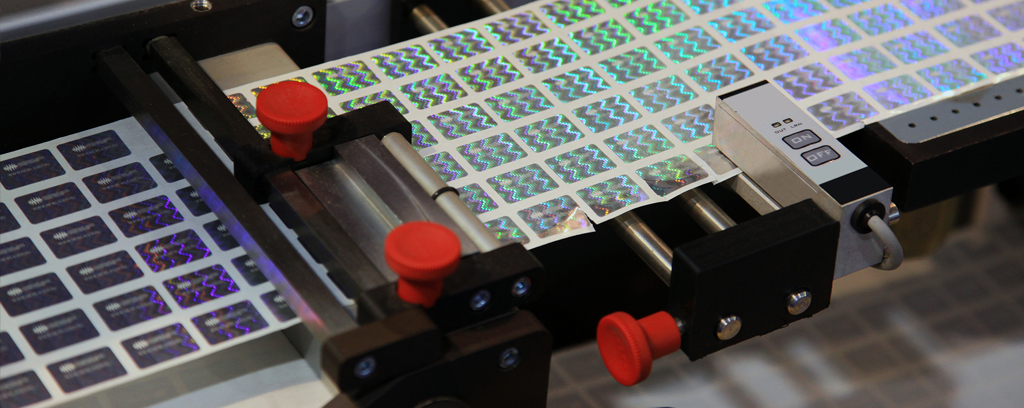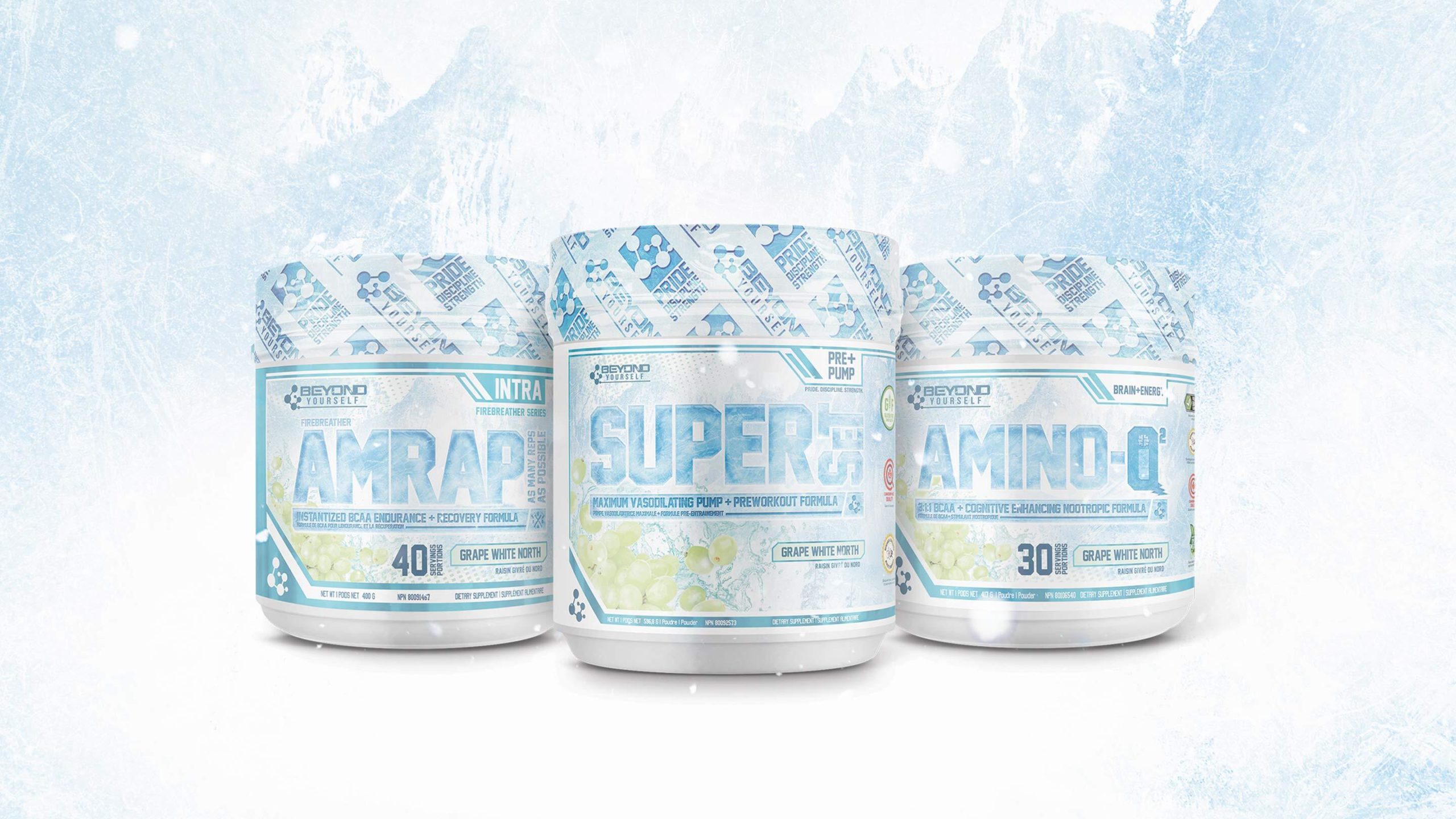Equipment labels

Heavy-duty labels engineered for the harshest environments
Labels are a critical component of products and equipment in just about every industry: Electronics, automotive, kitchen appliances, lawn care and more.
And, just like any other critical equipment component, heavy-duty stickers for equipment need to remain functional throughout the product’s lifecycle. They need to be engineered to remain intact and legible in the harshest conditions — extreme heat (or extreme cold), humidity, routine abrasions and UV exposure — so they can continue serving key functions such as communicating product information and relaying safety warnings.
Resource Label Group is a UL-recognized, CSA-accepted label converter with an expert staff to guide OEMs through the equipment labeling process from start to finish. We perform a thorough review of your label construction spec to verify that the specified material, adhesive and printing technology perform in the given application. Then we print and deliver your labels exactly to spec.
Here, we’ll outline the five main categories of equipment labels we provide – and walk you through the questions we ask any time we guide an OEM through the equipment labeling process.
Common types of equipment labels we manufacture
Equipment labels are a very broad category of labels with a diverse set of end uses. And one piece of equipment might have three or four different types of equipment labels. One to communicate key compliance information (e.g., FCC info, adherence to safety standards like UL), one to warn consumers about potential safety threats of improper product use and one overlaying buttons to show consumers how to use the product.
Generally speaking, most equipment labels are permanently attached compliance and safety labels. But there’s a variety of other ways labels can aid in the usability and functionality of equipment.
Below, we’ve outlined five common types of permanent and removable equipment labels we manufacture:
Compliance labels
Compliance labels are permanent marking systems for equipment that give consumers important information about the products they’re buying: The name of the product, where it’s manufactured, that it’s approved by relevant governing bodies (e.g., UL, CSA, IEC, etc.), how to dispose of it after use.
OEMs compile all the regulatory information that needs to be communicated on the label when they’re developing a label spec. We then print it exactly to spec, abiding by any applicable labeling standards.
Safety labels
Safety labels protect consumers against serious injury or death, and OEMs against liability. They are permanently affixed to equipment, clearly marking safety hazards and outlining how to avoid them. The requirements of the color (often red, orange or yellow), symbol of the hazard and the language used on safety labels are outlined by ANSI.
As with compliance labels, the OEM will compile all the critical safety information that needs to be communicated on each label. And we’ll review the label construction spec to ensure this critical information will remain legible — without shrinking, peeling or tearing — throughout the entire product lifecycle.
Removable labels for set-up and installation
When a label needs to be removed before product use — as with appliance labels containing installation instructions — we can specify special adhesives that can be easily peeled without leaving behind any residue.
Asset tracking labels
We also print barcode, QR and RFID labels so organizations can internally track their equipment. We can supply asset tracking labels pre-printed with the company logo, leaving the rest of the label blank for the OEM to print the barcodes themselves using a thermal transfer printer. Or you can supply the barcode numbers and we’ll print them for you. And we have the capability to incorporate smart labeling technology for asset tracking applications.
Graphic overlays and equipment nameplates
We also manufacture graphic overlays, membrane switch assemblies and equipment nameplates designed to withstand the challenges of equipment use. Learn more.
Guiding you through the equipment labeling process
We consider it our duty as a label converter a to do a quality assurance check on all label specs provided by OEMs, asking the questions necessary to verify that a particular label construction will perform as intended in a given application.
Here are three things we’ll talk about during any equipment label spec review:
The surface of your equipment
We’ll ask you about your equipment’s surface so we can recommend the adhesive which will perform with the surface of your equipment. The adhesive is the most critical part of your label — and choosing the wrong adhesive is the most common cause of equipment label failure.
There are two primary factors affecting which adhesive is best for your equipment’s surface: Surface type (high surface energy vs. low surface energy) and surface texture (smooth vs. rough).
Surfaces like copper, aluminum and glass are categorized as high-surface energy materials, and allow adhesives to better spread out over the surface and properly adhere. Surfaces such as polystyrene, powder-coated aluminum and polypropylene are lower-surface energy materials, which inhibit the adhesive’s ability to spread out over the surface. You’ll need a special adhesive for low-surface energy materials.
Equipment with rough surface textures will require thicker label adhesives, so the label can fully adhere to all the peaks and valleys on the surface.
Industry and regulatory requirements for your application
We need to know about any industry requirements or labeling standards we’ll need to comply with for your application (e.g., CSA, UL, IEC). Do you need medical-grade materials for your labels? We can help you select the appropriate materials. Do you require UL-recognized labels for your equipment? We can help you select from our full portfolio of label constructions that have been tested and recognized by UL for multiple printing technologies.
The environment in which your equipment is used
Equipment labels need to stand up to the toughest conditions. To determine whether your label spec is up to the task, we’ll need to ask whether about the environment your equipment will be used in — indoors or outdoors, dry or wet, light use or heavy. All of these environmental factors will affect which materials, coatings and adhesives should be used on your label.
We guide you through the equipment labeling process
This is far from an exhaustive list of the questions we’ll ask and equipment label types we can provide. As a UL-recognized, CSA-accepted label converter, our equipment labeling expertise and full range of capabilities are tailored to suit your particular needs.
Need labels for your equipment? Just reach out and tell us about your application. We can help you navigate the equipment labeling process — answering your questions, reviewing your label spec, printing your labels and delivering them on time.
Ready to make equipment labels?
Tags:


